By Caitlin Wilson 24 May 2022
What is companion planting?
Did you know there are ways to increase your garden’s yield without the use of fertilizers or pesticides? While pesticides and fertilizers certainly have their place in the garden, they are not the only tools you can use to help get the most out of your garden. Companion planting, or intercropping as it is known in the scientific community, can be used to help keep your plants healthy and productive. Companion planting is the practice of planting different types of plants in the same space with the intention of deterring pests and attracting pollinators. You can also use companion planting to enhance your soil.
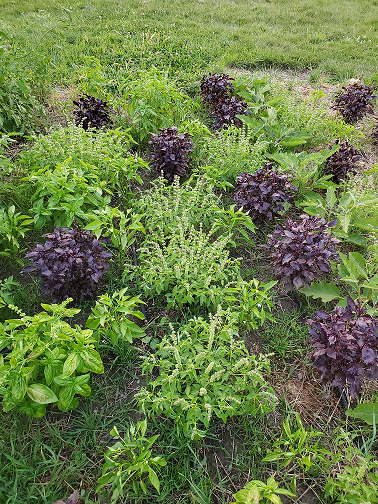
Companion planting to increase yield and improve soil
A well known example of companion planting is the three sister’s garden. This garden contains corn, climbing beans, and squash. The corn stalk provides a structure for the beans to climb up, the beans fix nitrogen from the air that the corn can use to grow taller, and the squash provides shade for the ground to hold in moisture and keep the soil cooler. The large leaves of the squash vines also block out light and keep weeds from growing.
In 2020, Iowa State University tested the Three Sisters method to see how soil health and yield were improved from this technique.1 Although the yields were lower than desired due to a massive storm sweeping across the state that summer and a corn smut fungus devastating the corn crop, the team found that the soil health was improved compared to planting each plant individually. The group intends to repeat this experiment in the upcoming years to see how yield and soil health are improved when growing conditions are ideal. This experiment shows that companion planting can be used to improve your soil health and can keep your garden productive for years to come!
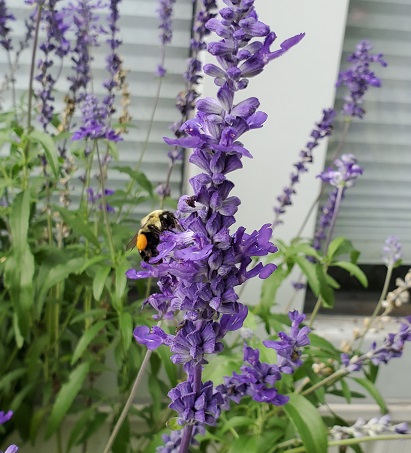
Companion planting to attract pollinators
Another well known example of companion planting is intercropping basil and peppers. The basil is allowed to flower and acts as a lure to pollinators so they also pollinate the peppers. Pereira et al. (2015), studied the intercropping of basil with bell peppers. The authors specifically chose bell peppers because the bell pepper is both self fertile (doesn’t require a pollinator) and it can be cross pollinated by bees or other insects.2 The use of the bell pepper allowed the researchers to see the influence of pollinators on the size of the bell pepper fruit since the bell peppers are larger and have less deformities when they are cross pollinated.3 Basil was chosen to act as the lure for pollinators because it flowers nearly continuously, it is resilient to disease, and it grows quickly and easily. The scientists found that planting basil with peppers greatly increased the number of seeds and the size of the peppers.2 This result is likely due to the increase in visits to the pepper plants due to the basil’s attractiveness to the pollinators. The control of separate basil and pepper plots yielded smaller peppers with less seeds.2 Strategically using companion planting can help you get more food out of your garden. Even in a small space! Last summer I companion planted basil and peppers and I had excellent results.
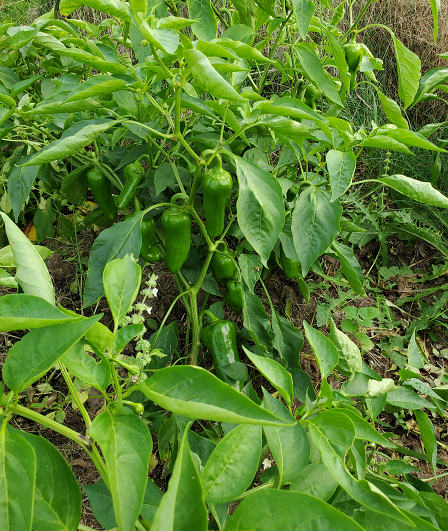
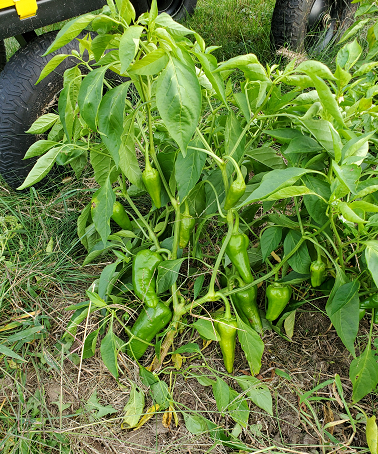
Companion planting to attract pollinators
Sometimes farmers will companion plant crops to discourage diseases due to bacteria or viruses. Some peppers are susceptible to soil borne diseases such as Phytophthora blight (a bacterial infection). Yang et al. (2014) investigated the influence that corn had on deterring Phytophthora blight on peppers. This team saw that the corn formed a “root wall” that kept the blight from spreading between the rows and this protected the peppers from infection.4 Additionally, the corn roots attracted the infectious bacteria and kept it from growing by secreting antimicrobial substances that killed the blight.4
In Ethiopia, a research team found that intercropping peppers with maize helped discourage aphid attacks on the peppers and discouraged viral infections.5 As you can see, companion planting can be an effective tool when you encounter diseases that can affect your plants.
Why should you use companion planting at home?
Companion planting can have many uses in your home garden. It can be used to deter pests, increase yield, and improve your soil. All while cutting down on the use of fertilizers and pesticides! We hope you will consider using this tool to help sustainably manage your garden.
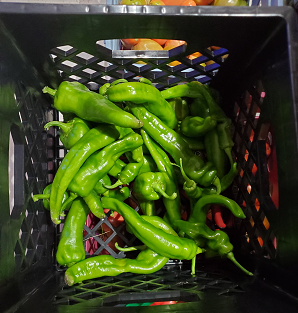
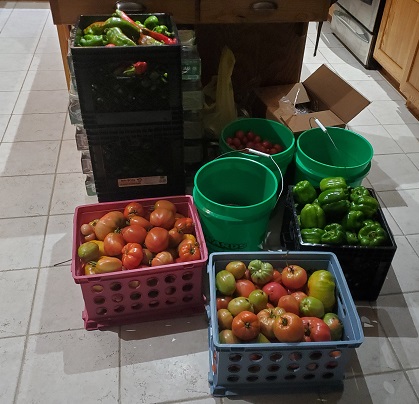
Citations
-
Herrighty, E. & Kapayou, D. & Nair, A. & Gish Hill, C. & McDaniel, M. & Winham, D., (2021) “Reuniting the Three Sisters: Native American Intercropping and Soil Health”, Iowa State University Research and Demonstration Farms Progress Reports 4. ↩︎
-
Pereira, A.L.C., Taques, T.C., Valim, J.O.S. et al. (2015) The management of bee communities by intercropping with flowering basil (Ocimum basilicum) enhances pollination and yield of bell pepper (Capsicum annuum). J Insect Conserv 19, 479–486 ↩︎ ↩︎ ↩︎
-
Cruz, D.D., Freitas, B.M., Silva, L.C., Silva, E.M., & Bomfim, I.G. (2005). Pollination efficiency of the stingless bee Melipona subnitida on greenhouse sweet pepper. Pesquisa Agropecuaria Brasileira, 40, 1197-1201. ↩︎
-
Yang M, Zhang Y, Qi L, Mei X, Liao J, Ding X, et al. (2014) Plant-Plant-Microbe Mechanisms Involved in Soil-Borne Disease Suppression on a Maize and Pepper Intercropping System. PLoS ONE 9(12): e115052. ↩︎ ↩︎
-
Mitiku, A., Chala, A., & Beyene, Y. (2013). The effect of intercropping of pepper with maize and sweet potato on infection of pepper (Capsicum annuumL.) by potyviruse and yield of pepper in, Southern Ethiopia. International journal of technology enhancements and emerging engineering research, 1(4), 68-73. ↩︎


